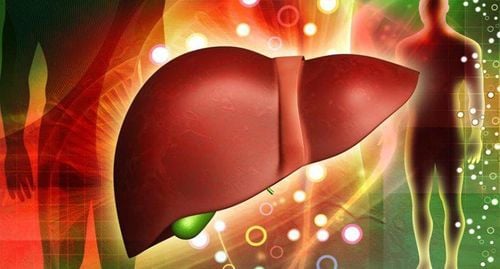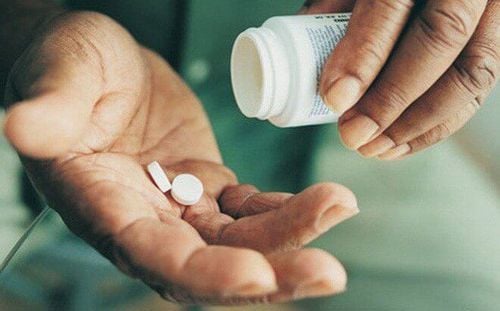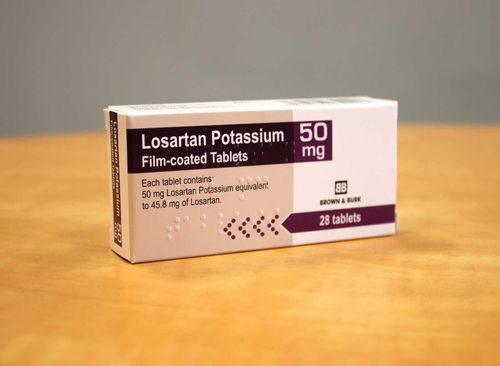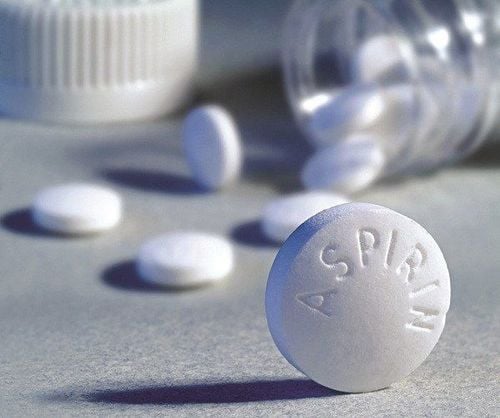This is an automatically translated article.
The article was written by MSc Le Thi Na - Doctor of Hematology, Laboratory Department - Vinmec Times City International General Hospital.
Hypercoagulability is an abnormal blood clotting process that leads to the abnormal formation of blood clots in the blood vessels. If not properly diagnosed and treated, hypercoagulability can be dangerous.
1. What is a hypercoagulable disorder?
In the body there is always a balance between clotting factors and anticoagulant factors. When there is an imbalance, it causes medical conditions. When the body is injured, the body stops bleeding by forming a blood clot. Blood clotting is important because it stops the wound from bleeding and starts the wound healing process. However, blood will not clot as it moves through the body. If the blood tends to clot too much, it's called hypercoagulability or thrombophilia. Hypercoagulable syndrome, a condition in which a person is susceptible to the formation of blood clots (blood clots) in veins and arteries, is the result of genetic or acquired factors, or both.
Hypercoagulable states can be dangerous, especially when these conditions are not properly diagnosed and treated. People with a hypercoagulable state have a higher risk of forming blood clots in the arteries and veins. A blood clot inside a blood vessel is also known as a thrombus or embolism. Blood clots in a blood vessel can travel with the bloodstream and cause deep vein thrombosis or pulmonary embolism. Blood clots can increase your risk of stroke, heart attack, limb pain, or limb gangrene.
2. Causes of increased blood clotting
Hypercoagulability can be inherited or acquired.
Hereditary hypercoagulability means that a person is born with a predisposition to forming blood clots. Acquired hypercoagulability is often the result of surgery, trauma, medication, or a medical condition that increases the risk of developing coagulopathy.
Inherited causes of hypercoagulability:
Factor V Leiden (most common) Prothrombin gene mutation Deficiency of natural proteins that prevent blood clotting (such as antithrombin, protein C and protein S) Increased homocysteine Fibrinogenesis Disorders Increased factors VIII, IX, XI (still considered a genetic condition). Abnormal fibrinolytic system, including decreased plasminogen, plasminogen dysregulation, increased levels of plasminogen activator inhibitor (PAI-1). Causes of acquired hypercoagulability:
Cancer Certain drugs are used to treat cancer, such as tamoxifen, bevacizumab, thalidomide, and lenalidomide Recent trauma or surgery Central venous catheterization Obesity , pregnancy Supplemental estrogen use, including oral contraceptives Hormone replacement therapy Prolonged bed rest or immobility, prolonged air travel Congestive heart failure, stroke, and other conditions leading to decreased activity Heparin-induced thrombocytopenia Antiphospholipid syndrome Previous history of deep vein thrombosis or pulmonary embolism Myeloproliferative disorder, polycythemia vera, or primary thrombocythemia bowel HIV/AIDS Nephrotic syndrome
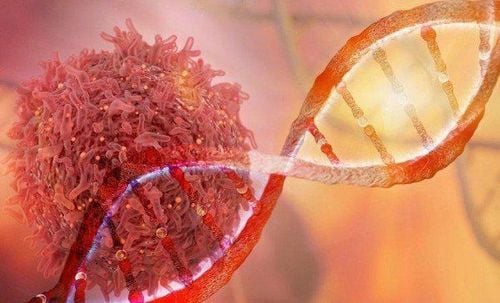
3. Diagnosis of hypercoagulability
3.1 Risk factors Family history of abnormal blood clotting Abnormal blood clotting at a young age (less than 50 years) Thrombosis in abnormal sites, such as brachial vein, portal vein, venous mesenteric, renal, or cerebral vessels Blood clots that occur without an apparent cause (idiopathic) Recurrent blood clots History of frequent miscarriages Stroke at a young age 3.2 Laboratory Routine tests:
PT -INR Fibrinogen-activated partial thromboplastin time Peripheral blood cells Tests to detect antiphospholipid antibodies or fibrinogen disorders.
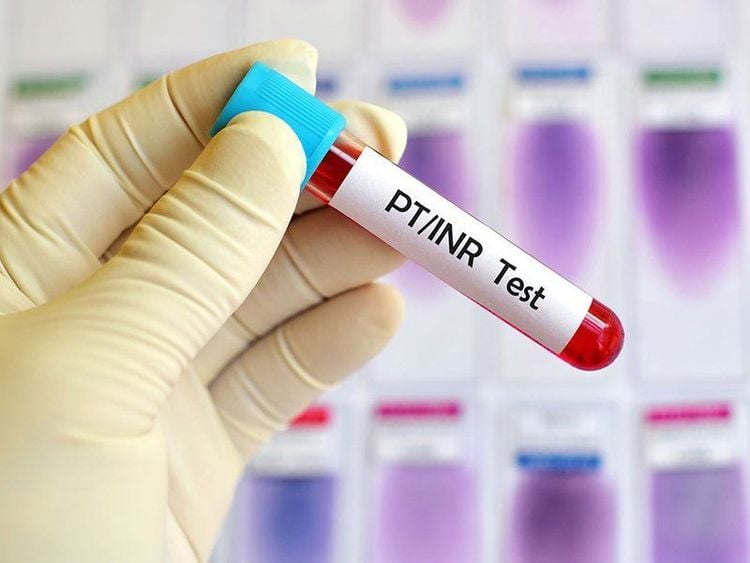
Genetic tests, including factor V Leiden and prothrombin gene mutations (G20210A). Factor V Leiden and mutations in the prothrombin gene (G20210A) are the most commonly identified genetic defects that increase a person's risk of blood clots Antithrombin activity C protein activity S protein activity. Tests Laboratory supplements, such as measurement of free (active) and total protein S antigen levels, may be ordered to confirm protein S activity test results Plasma homocysteine concentrations at Fasting Other tests used to help diagnose acquired hypercoagulable states:
Anticardiolipin antibodies or beta-2 glycoproteins, which are part of the antiphospholipid syndrome. Lupus anticoagulant (LA), part of the antiphospholipid syndrome. The presence of antiphospholipid and lupus anticoagulant (LA) antibodies is important when evaluating a person with a history of miscarriage and venous or arterial thrombosis. Heparin antibodies (in patients with low platelet counts when exposed to heparin). A patient with a genetic or acquired predisposing factor for hypercoagulability should be screened for hypercoagulability. The test helps determine if a person is at risk for further blood clots and helps determine the appropriate course and duration of treatment to prevent future blood clots. Testing can also help identify loved ones who are currently asymptomatic but may be at risk.
Vinmec International General Hospital is one of the hospitals that not only ensures professional quality with a team of leading medical doctors, a system of modern equipment and technology. The hospital provides comprehensive and professional medical examination, consultation and treatment services, with a civilized, polite, safe and sterile medical examination and treatment space. Customers when choosing to perform tests here can be completely assured of the accuracy of test results.
Please dial HOTLINE for more information or register for an appointment HERE. Download MyVinmec app to make appointments faster and to manage your bookings easily.






